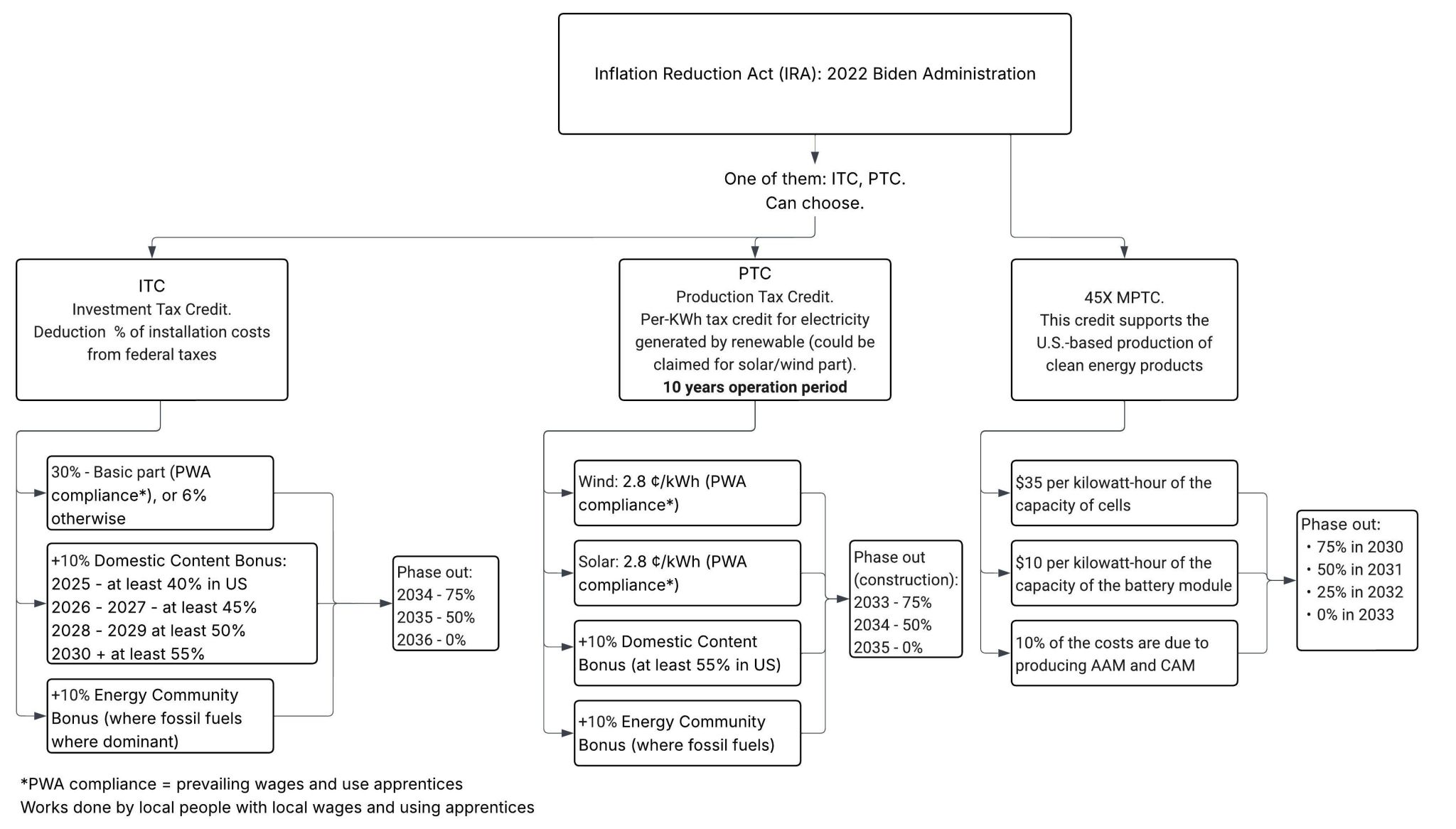An exemplary illustration of understanding human behavior and need is Maslow’s hierarchy of needs, a notable American psychologist of the 20th century, introduced this five-stage model.

The hierarchy begins with primary physiological needs like food, water, and sleep. Followed by this, the second layer emphasizes safety and security needs. Love and belongingness - covering aspects of familial ties, friendships, and intimacy - form the third tier. Esteem needs, both in terms of personal achievement and seeking respect, constitute the fourth level. Finally, atop the pyramid, we have self-actualization, which revolves around achieving one’s full potential and life's purpose.
One of the key takeaways from this hierarchy is that before an advanced need becomes pertinent, the fundamental ones beneath must be satisfied first. This principle is not only applicable to understanding human behavior but also to product management. When conceptualizing a product, one might find that certain benefits or features may only appeal to users if foundational needs are met.
Applying Maslow's Concept to Digital User Experience
Different Authors apply the same principles we can see on Maslow's to their areas of expertise and come to very interesting conclusions.
You can see adapted Maslow's hierarchy to web user needs on next picture by Olsen and Walter:

While it's exciting to brainstorm innovative features and craft exceptional user experiences, these aspects are higher up in the web user needs pyramid. The foundational level stresses the constant availability of the product. Following that, it's about product speed, ensuring it operates swiftly. The middle tier is about product quality, ensuring it functions as promised. The subsequent level focuses on the array of features provided. The apex of the pyramid concerns itself with the user experience (UX) design, emphasizing ease and pleasure of use. Mirroring Maslow's framework, the foundational digital needs should be addressed before more advanced user needs come into play.
The alignment of your product with this hierarchy isn’t fixed; it evolves. For instance, upon launching a novel feature, there might be unexpected bugs or a surge in server demands, affecting performance. It's essential to continually reassess this hierarchy, ensuring foundational needs are always prioritized and addressed.
Conclusion
When designing a product, it may become apparent that specific features or advantages resonate with users only when their basic requirements are fulfilled. Continuously reviewing and addressing these primary needs should always be a top priority.




